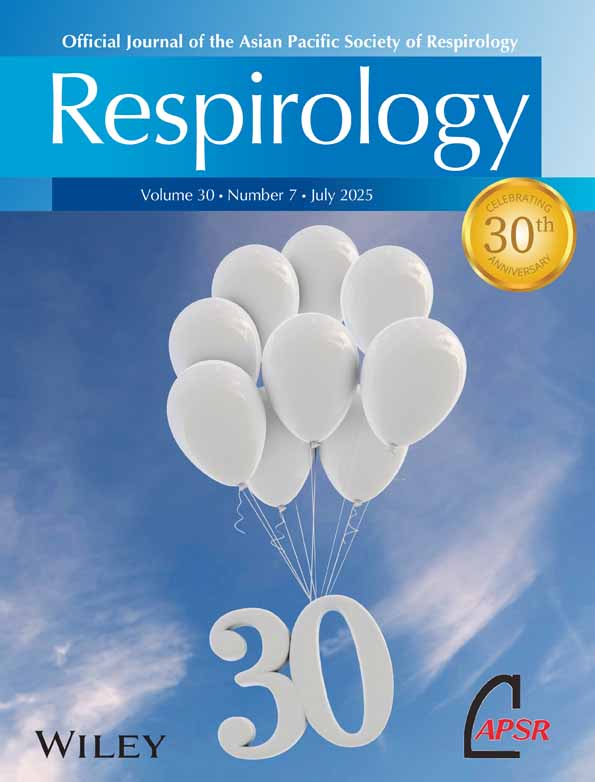Simultaneous continuous 13C, 12C analysis of expired gas in the 13C breath test
Abstract
The 13C breath test is a method of clarifying the metabolism of loaded substances by administering 13C-labelled materials and calculating the 13CO2 and 12CO2 ratio (13C/12C isotope ratio) in the expired gas. The materials are metabolized and expelled in the expired gas. Because simultaneous continuous measurement of 13CO2 and 12CO2 in expired gas has been difficult up to the present, respective expired gases, including dead space before and after administration, have been sampled to separate sampling bags and 13C/12C has been measured in the bags and changed fraction of 13C/12C after administration (δ) has been used to judge the metabolic process. This method is affected by the contamination of the dead space gas. In the present study, in order to exclude the dead space effect, simultaneous continuous analysis of 12CO2 and 13CO2 of expired gas identifying alveolar gas was applied to the 13C-urea breath test in addition to the conventional sampling bag method. Both isotope detectors were attached to a mass spectrometer. Fifty-six cases receiving stomach health check-ups for Helicobacter pylori were examined. δ was calculated in the bag or in phase III of continuous gas measurement. Because the bag contains dead space, δ was reduced and sensitivity and specificity with reference to gastric fluoroscopy or Helicobacter pylori IgG antibody were reduced. Decreasing the dead space contamination is important in reducing the measurement error in the 13C breath test and simultaneous continuous measurement is a good tool for this purpose.




